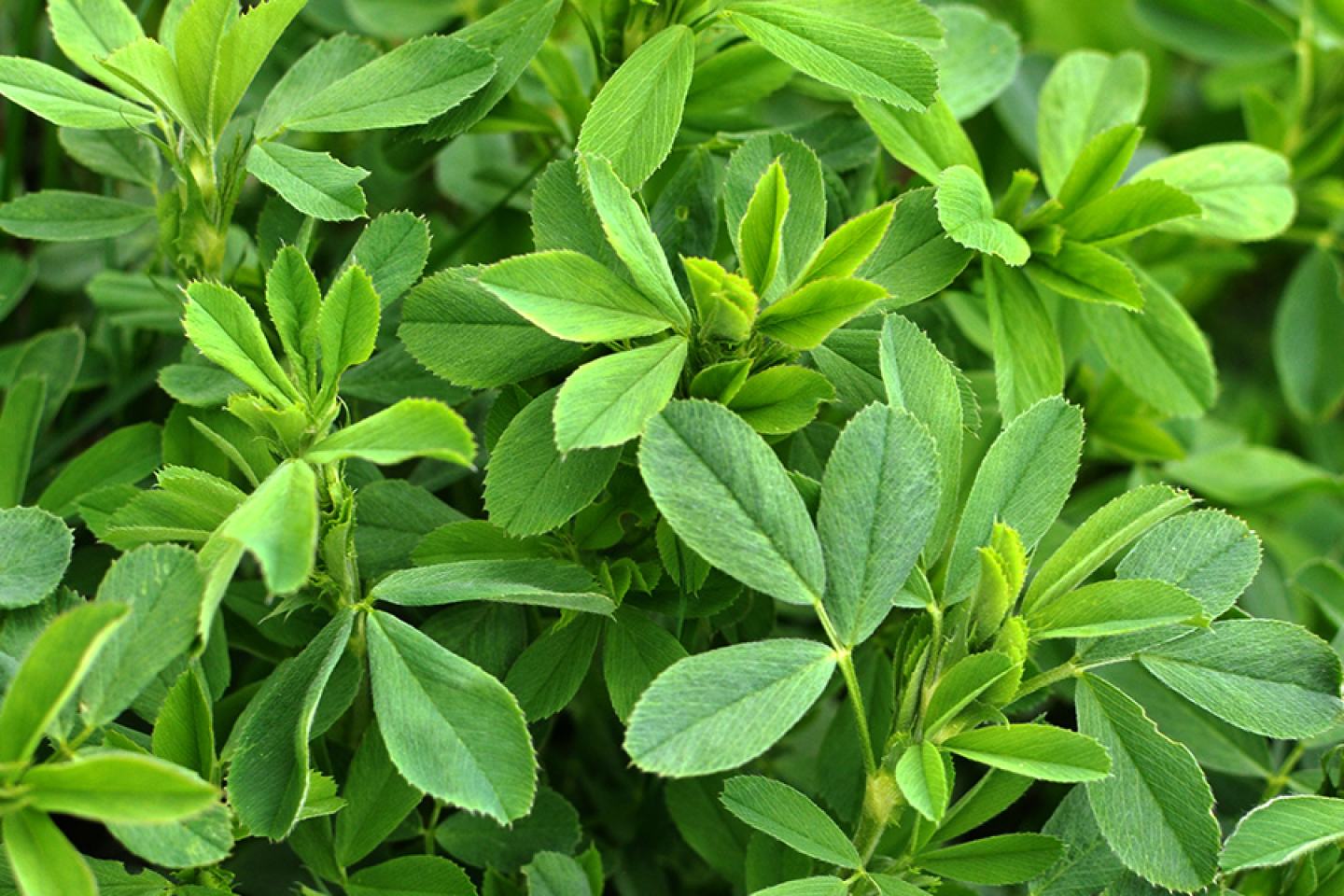Read the entire report from
our technical services team
This week, many consultants have started noticing corn rootworm larval feeding. This feeding on corn roots can negatively impact corn in several ways. Corn rootworms are known vectors of several plant pathogens. Aggressive feeding distresses the plant's ability to obtain nutrients and water but also stresses brace roots that help it remain erect. Lodged corn creates harvestability issues.
Corn rootworms are attracted to the CO2 emitted from plant roots and, while protecting the young plant with at-plant insecticides is a great protective strategy, population control is most readily achieved with foliar adulticides applied right before egg lay. Adults can significantly reduce yields by clipping the silks during maturation.
Larval corn rootworm feeding can occur for several reasons:
- Lack of crop rotation i.e., corn on corn
- Bt insecticide resistance, overreliance on corn genetics
- Failure to use a strong in-furrow product like Capture® LFR®
- Failure to use an adult treatment the year before
- Incorrect application method or application rates
How do I know if I have corn rootworm feeding?
Western and Northern corn rootworms begin hatching in June and often reach third instars by the middle of July. While significant feeding can result in lodging or “goosenecking” corn, above-ground symptoms might not always be visible.
To scout for CRW larvae dig a 9” x 9” square around the base of several plants located throughout the field. Start to pull the soil of the roots over a bucket filled with clean water, so that it falls into the bucket. Proceed to wash off the roots to assess feeding damage. Rating scales are available from most university websites. The small larvae will float to the surface of the water for counting. A general threshold that may result in significant feeding and adult emergence is five larvae per root ball.
If we fail to employ a bifenthrin-based control measure in the furrow at planting, there are options. Brigade® 2EC insecticide/miticide can be chemigated onto the field in order to penetrate the soil and create a residual layer that will suppress feeding on nodal and brace roots.
Application Requirements:
- Apply at CRW hatch
- 6.4 fl. oz. in a minimum of 1” of irrigation water per acre
- Do not apply to saturated soils
- Do not apply Brigade 2EC insecticide/miticide broadcast and then attempt to water in with irrigation
It is important to note that, irrespective of in-furrow or POST rescue treatments, if greater than two adult beetles per plant are observed at silking, Steward® EC insecticide applications are strongly suggested to reduce egg lay and bring local populations down.
How do I maximize the value of that Steward® EC insecticide trip across the field?
Just like corn rootworm control requires a long-residual product like Steward EC insecticide, corn diseases can set in quickly in July and August, but one can never know exactly when. Lucento® fungicide applied with Steward EC insecticide gives growers three weeks of protection against corn rootworms and up to eight weeks of control of diseases including blights, gray leaf spot and rusts.
| Steward® EC Insecticide | Lucento® Fungicide |
|---|---|
| 10 fl. oz./A | 5 fl. oz./A |
| 21 days of control | 50 days of control |
| Rainfast in two hours | Rainfast in two hours |
| Controls pyrethroid-resistant insects | Controls strobilurin-resistant diseases |
| Won't flare mites | Dual MOA |
| Ground/air/chemigation | Most systemic triazole commercially available |
| Ground/air/chemigation |



